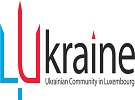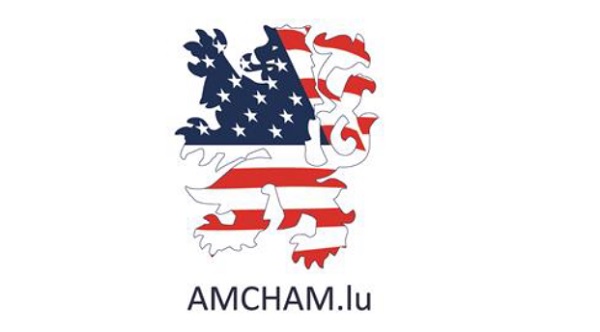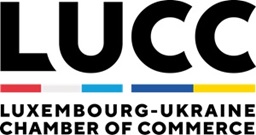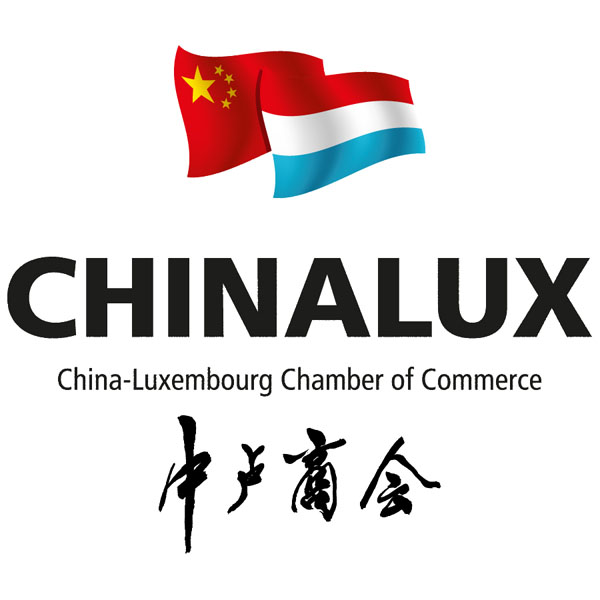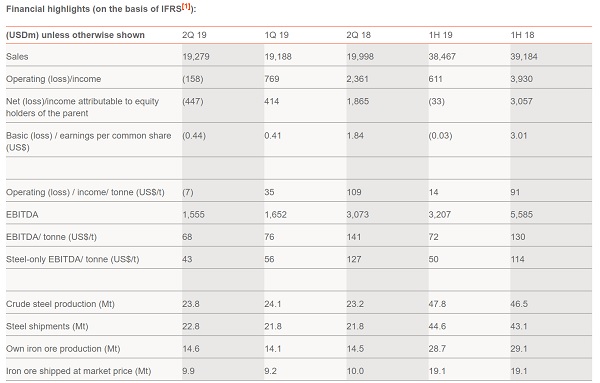 Financial highlights (on the basis of IFRS);
Credit: ArcelorMittal
Financial highlights (on the basis of IFRS);
Credit: ArcelorMittal
ArcelorMittal, the world’s leading integrated steel and mining company headquartered in Luxembourg, yesterday announced results for the three-month and six-month periods ended 30 June 2019.
Highlights
- Health and safety: a Lost Time Injury Frequency Rate (LTIF) rate of 1.26x in Q2 2019 (second quarter) and 1.19x in H1 2019 (first half of the year)
- Operating loss (income) of USD $0.2 billion in Q2 2019 including $0.9 billion of impairments ($0.3 billion related to the remedy asset sales for the ArcelorMittal Italia acquisition and $0.6 billion impairment of the fixed assets of ArcelorMittal USA following a sharp decline in steel prices and high raw material costs); H1 2019 operating income of $0.6 billion including $1.1 billion of impairments
- Earnings before interest, tax, depreciation and amortisation (EBITDA) of $1.6 billion in Q2 2019; H1 2019 EBITDA of $3.2 billion - 42.6% lower year on year, reflecting a negative price-cost effect
- Net loss (income) of $0.4 billion in Q2 2019 (including $0.9 billion of impairments); H1 2019 net loss of $33 million (including $1.1 billion of impairments)
- Steel shipments of 22.8 metric tonnes in Q2 2019, an increase of 4.3% compared to Q1 2019 and up 4.8% compared to Q2 2018; H1 2019 steel shipments of 44.6 metric tonnes, up 3.5% year on year (largely reflecting the impact of the ArcelorMittal Italia acquisition)
- Q2 2019 iron ore shipments of 15.5 metric tonnes (+6.1% year on year), of which 9.9 metric tonnes shipped at market prices (-1.0% year on year); H1 2019 iron ore shipments at 29.3 metric tonnes (+3.0% year on year), of which 19.1 metric tonnes shipped at market prices (-0.4% year on year)
- Gross debt of $13.8 billion as of 30 June 2019, as compared to $13.4 billion as of 31 March 2019. Net debt decreased by $1.0 billion during the quarter to $10.2 billion as of 30 June 2019, due in part to mergers and acquisitions (M&A) proceeds and working capital release ($0.4 billion) (despite higher raw materials costs and higher steel shipments). Excluding the impact of International Financial Reporting Standard (IFRS) 16, net debt at the end of June was $1.5 billion lower year on year.
Outlook
The Company now expects global steel demand in 2019 to grow +0.5% to +1.5% (ex-China steel demand growth of +0.5% to +1.0%; US +0% to +1.0%; and Europe to contract by between -2.0% to -1.0%).
Against this backdrop and considering scope changes (ArcelorMittal Italia acquisition, remedy asset sales and European production curtailments) steel shipments are still expected to increase year on year, which should provide support for the Group's Action 2020 programme.
Commenting, Lakshmi N. Mittal, ArcelorMittal Chairman and CEO, said "After a strong 2018, market conditions in the first half of 2019 have been very tough, with the profitability of our steel segments suffering due to lower steel prices combined with higher raw material costs. This has been only partially offset by improved profitability from our mining segment, but I am pleased that we have generated healthy free cash flow demonstrating the improved robustness of the business thanks to our Action 2020 plan".
Mr Mittal continued: "Global overcapacity remains a clear challenge. We have reduced capacity in Europe in response to the current weak demand environment, which has also impacted the turnaround of the ex-Ilva facilities in Italy. Further action needs to be taken to address the increasing level of imports entering the continent due to ineffective safeguard measures and we continue to engage with the European Commission to create a level playing field for the sector".
He concluded: "We are taking further actions to adapt and strengthen the Company, ensuring we make continued progress towards our net debt target and increase returns to shareholders. Despite the current challenges, the Company is well positioned to benefit from any improvement in market conditions and the current very low spread environment".




